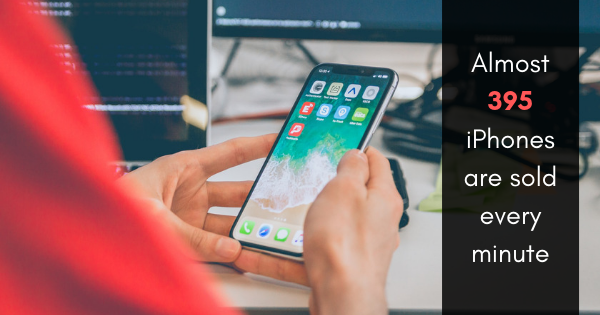
Our cell phones power our day to day lives, making their charging cables essential to our daily activities. Different phones have different charging ports, requiring different cables that function very differently from one another. These smartphone cables have different abilities, speeds, and characteristics. If you’re in the market for a new cell phone, or just want to learn more about cell phone cables, here are the top 3 types of cables you will encounter and a little information about each.
Micro-B Cables
Micro-B cables are one of the most common versions of micro USB, powering most Andriod cell phones and portable electronics (speakers, cameras, headphones, etc). There are two variations of the Micro-B cable: USB 2.0 and USB 3.0. The most common one is USB 2.0, supporting a transfer rate of 480 Mbps. The USB 3.0 variation is much less common, mainly used for external hard drives because it has higher transfer speeds.
USB C
USB C is one of the newer USB cables on the market. This type was introduced in 2014, and has since become more and more common in both laptops and flagship phones. USB C cables can support up to 100W (20v 4A) of power transfer, allowing laptop manufactures to use this type of cable for both power and data. Speaking of data, USB 3.0 Type C cables can support transfer speeds up to 5 Gbps, with the newer 3.1 version doubling that to 10 Gbps. By using different types of adapters, different cables can pass through, anything from normal USB A cables to Ethernet cables. Using these as cell phone cables allow for both higher transfer speeds from your phone to computer (or vice versa), as well as fast charging capabilities.
Lightning Cables
Almost 395 iPhones are sold every minute, and to power those devices, Apple has their own type of proprietary cell phones cables: the lightning cable. These cables also extend to their line of iPads, powering those alongside many Apple peripherals from their keyboards and mice to pencils and Airpods. On top of the normal power and data transfer, the lightning port can be used to transmit audio, through either an adapter or set of proprietary earbuds. While lightning cables are able to charge the newer iPhones extremely quickly, many consumers are upset about Apple’s choice to use these over USB C, due to the great transfer speeds, universality, and usability of USB C.
Understanding the different cell phone cables on the market can be a deciding factor in choosing a new phone, with how much dependency is placed on charging and data transfer. Regardless of the type of phone you have or cable you need, be sure to choose only the highest quality cables, ensuring the safety of your phone and a long time until you have to search for a new cable.



